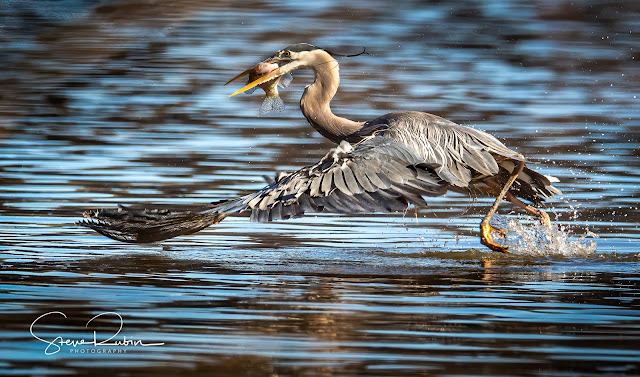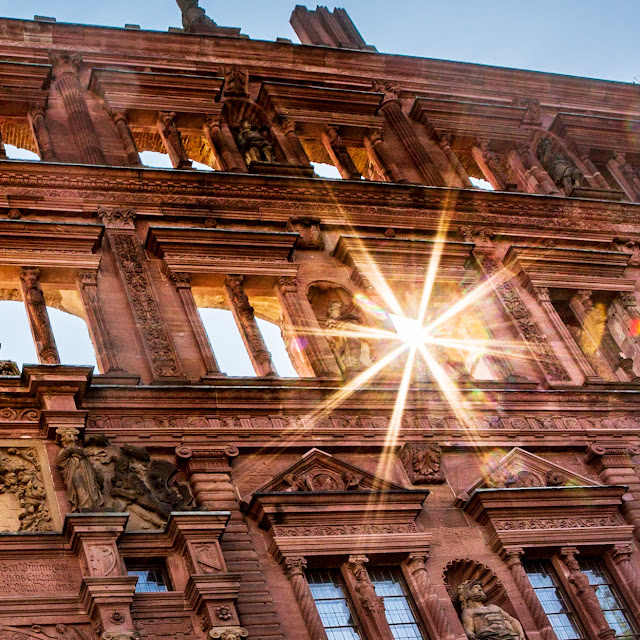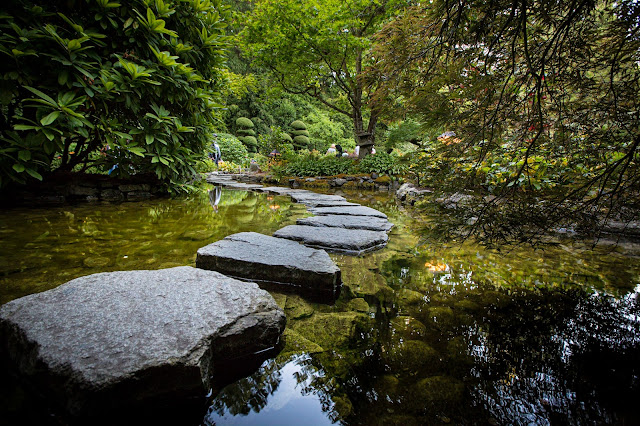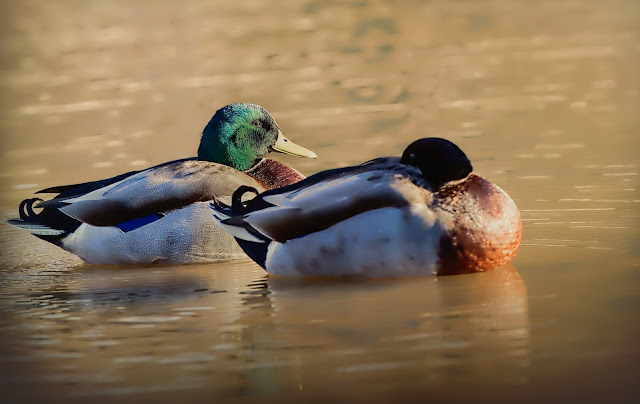Wildlife Photography, how do you get these types of shots?

I'm always amazed when I see great wildlife photography. When we watch any type of activity that highly accomplished people do, we always tend to say "that looks easy" (even though we know its not easy at all). Whether that be a great football player, a gymnast, or a magician. But what about wildlife photography. It always seems to me that when I see other photographer's amazing wildlife shots I think the same. I assume (actually I don't but I'm sure many do) that they just wondered up to that animal, waited a minute, and saw the animal do something interesting and take that single shot. If only it were THAT EASY! Have you ever wondered off to an area where you may see a serious wildlife photographer working you'll hear his camera shooting rapid shot all the time. Of course we all know that's one of the secrets to capturing a great shot. You know when you were getting ready to buy your first home your parents told you the secret to real estate, &





